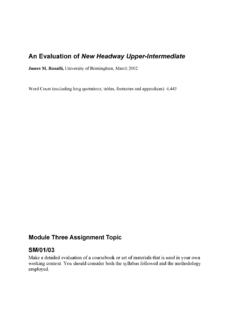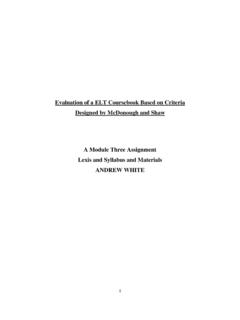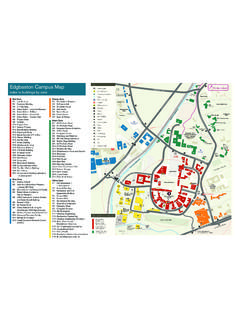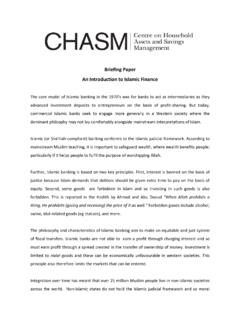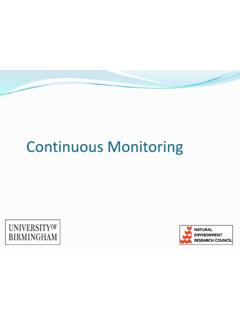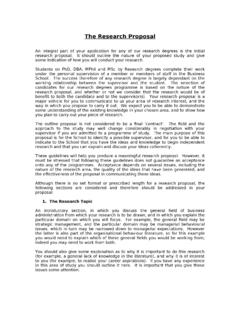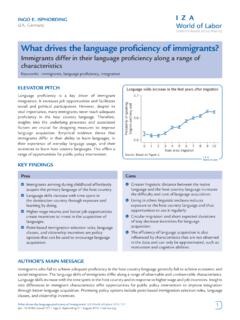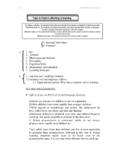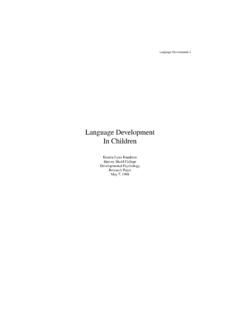Transcription of First Language Acquisition and Classroom Language …
1 First Language Acquisition and Classroom Language Learning: Similarities and Differences Dominic Castello Master of Arts in Applied Linguistics Module 6 Assignment May 2015 ELAL College of Arts & Law University of Birmingham Edgbaston Birmingham B15 2TT United Kingdom 1 SL/14/02 What are the most important differences between learning a First Language and learning a Language in the Classroom ? 2 TABLE OF CONTENTS Introduction Acquisition and Learning 3 4 Literature Review Initial states and Language transfer The behaviourist approach Age and maturational constraints.
2 The critical Period and the LAD Language egocentrism Input, interaction and environment Motivation Educational context Errors and feedback 4 4 5 6 7 8 10 11 12 Conclusion 12 References 14 3 Introduction Language is the means we use to convey ideas from one mind to another, and the Acquisition of Language remains one of the most fascinating aspects of human development. From the First monosyllabic utterances to the use of complex, nuanced and context-specific structures, both the rate of progress and the stages of Language Acquisition have been the focus of innumerable research studies in developmental psychology, linguistics and pedagogy.
3 Though SLA research is said to still be in its infancy (Brown 2007), theories continue to be postulated and challenged by both educators and linguists as to how additional languages are learned in relation to the First . Leaver et al (2005) acknowledge that the Language -learning experience will differ depending on whether it is the First (L1), second (L2) or third Language (L3), but it is not always clear which elements of the Acquisition process are innate or extrinsic. Likewise, the discussion in FLA and SLA has, for several decades, sought to understand whether strategies be transferred between L1 and Classroom learning, the effect of external factors on a person s ability to succeed as a Language learner.
4 Of particular interest has been establishing the most influential factors in learning and Acquisition ; those that determine why the innately-driven, effortless and universal mastery of First languages by children (Lichtman 2013) stands at such variance with the widely differing degrees of success of those seeking to achieve proficiency in a second Language (Birdsong 1992; Kellerman 1995; Tavakkoli et al. 2014). This paper identifies and addresses the most important differences between the learning strategies, mental and physiological mechanisms and developmental milestones found in First Language Acquisition and within second Language instruction environments.
5 It seeks to better understand the nature of Language Acquisition by exploring linguistic, social and affective factors such as environment, motivation and age, and by examining the interrelation between the two processes. The paper also presents possible implications for Language learners and reflections on Classroom practice. 4 Acquisition and Learning Before identifying the differences attributed to FLA and Classroom learning, it is necessary to establish the meaning of two key terms that will be used throughout this paper: Acquisition and learning. Krashen (1982) hypothesised that the process of learning a second Language is distinguished from Acquisition , with the latter being a subconscious process of gradual development of ability through use in natural communicative situations with other speakers.
6 The focus is not the form of the speaker s utterances, but meaningful interaction through the act of communication itself, meaning that Language users are largely unaware of the rate or sequence of their development. Lightbown and Spada (2001) observe that Acquisition occurs during the formative years of one s life - usually commencing in early childhood before age three - and that it is learned as part of growing up among people who speak it fluently. In contrast, learning is differentiated as a more conscious and explicitly sequenced process of accumulating knowledge of linguistic features such as vocabulary, sentence structure and grammar, typically in an institutional setting (Yule 1985:163).
7 The difference between these ways of developing Language competence is manifest most clearly in their outcomes: through Acquisition the contextual understanding of the Language is gained, and through learning, knowledge about the Language : knowing the rules, being aware of them, and being able to talk about them (Krashen 1982:10; also Schmidt 1983). Literature Review Initial states and Language transfer A major difference in First and second Language Acquisition stems from the initial position of the learner in each instance. Simply put, the initial state of L1 learning reflects an innate capacity and desire for Language Acquisition , but the prior knowledge of L1 cannot be negated when considering the initial state for L2 learning (Saville-Troike 2012).
8 5 In contrast to L2 learners, those acquiring L1 possess no real-world knowledge or proven skills, and hence have no pre-existing awareness of many Language functions for example, how to request, demand or command and have no expectation of the format and flow of such interactions. Nemati and Taghizadeh (2013) assert that the properties of and processes surrounding the First Language directly inform the means by which the second is learned. Similarly, the work of Houmanfar, Hayes, and Herbst (2005) concludes that the history of the First Language is a major component and participatory factor in the Acquisition of the second Language and its maintenance.
9 This prior knowledge of how Language works and the features of the specific L1 will undoubtedly be transferred and used as part of the foundations for learning other languages - even if not all the L1 tools are of relevance in L2 production (Candlin and Mercer 2001). It is not just in speech production that the issue of Language transfer arises. Macaro (2001) remarks that for L2 users, the Language in which they choose to think may significantly impact their overall competence. This can be an asset, in that being able to compare and connect linguistic features or categorise vocabulary alongside existing knowledge can reduce affective barriers; however, it can also cement problems such as false friends and homonyms (words with similar spellings or pronunciation that have different meanings), and inadvertently foster the idea that L2 can simply be decoded through translation from L1 (O Malley and Chamot 1990; Lee and Macaro 2013).
10 The behaviourist approach Behaviourist learning theories posited principally by Skinner (1957, cited in Lightbown and Spada 2013) state that the fundamentals of Language are essentially developed through conditioning and the formation of good Language habits (Mitchell, Myles and Marsden 2013). Competence is achieved as the learner responds to stimuli (primarily the speech of caregivers) and receives feedback in the form of positive reinforcement or correction (de Bot, Lowie and Verspoor 2005). In practical terms, it is an oral-situational approach where the child imitates and memorises Language used in context and along with specific behaviours.
